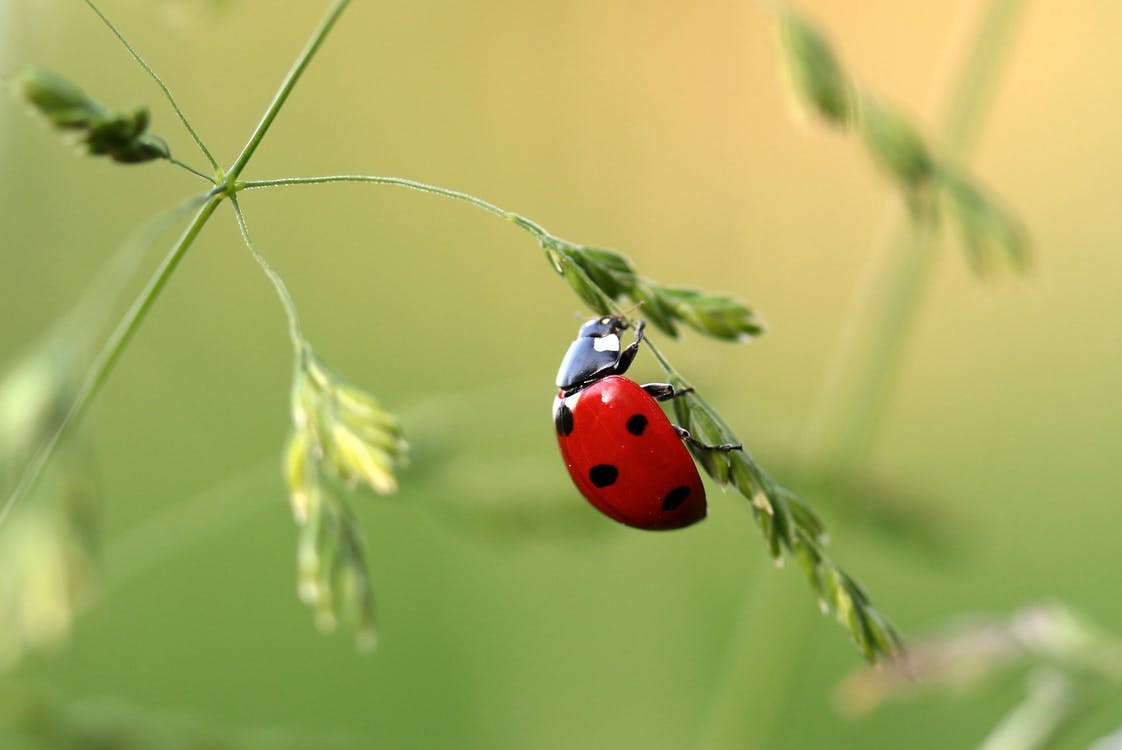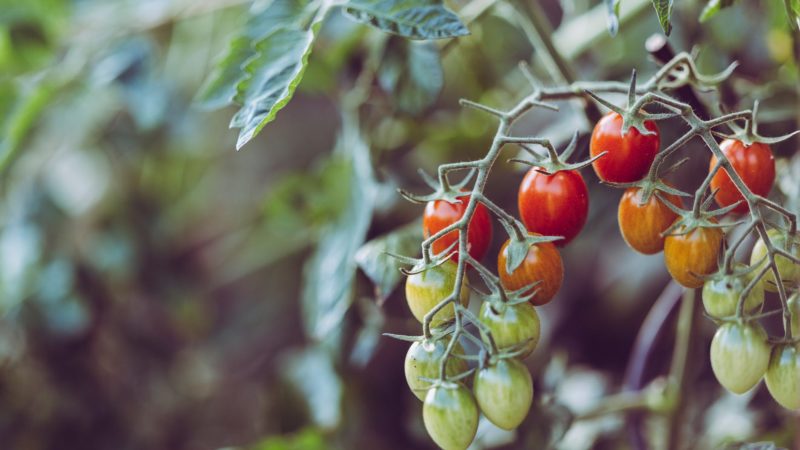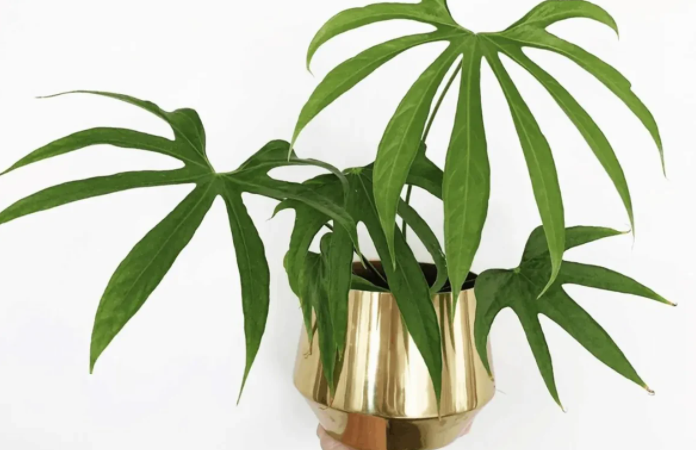Are Ladybugs Poisonous?

Ladybugs are plentiful, small, and insect-eating bugs that invade homes during warm months. If your question is, Are ladybugs poisonous? You will be glad to know that these colorful insects are not poisonous to humans but only pets if they ingest the bug.
Ladybugs do not carry any human disease, but this does not mean they cannot cause harmful side effects to people who are allergic.
In this article, we will talk about ladybugs, how long they live and how you can get rid of them from your house.
Are ladybugs poisonous?
There are thousands of types of ladybugs out there; however the most prevalent by far is Harmonia axyridis ladybugs. This was brought over from Asia in 1916 because they feed on crop-destroying pests and aphids.
Although ladybugs are peacefully existing with humans, their population became more overrun in 1988. This made ladybugs part pest and part visitor.
Are ladybugs poisonous to people?
Ladybugs are not known to carry any human disease. This stays true in case they pinch you or bite you; there is no risk of spreading the disease. They will not cause many diseases at home with their presence however, the only problem is they tend to carry allergens.
Are they poisonous to pets or livestock?
Dogs are known to experience side effects by eating ladybugs. According to research, when the dogs bite a ladybug, they release a fluid that causes reactions simulation chemical burns. They can also have burning effects on the gastrointestinal tract. Although this is a rare occurrence, some signs that signal your dog has eaten ladybugs are:
- behavioral changes
- drooling
- drowsiness
- not pooping
- vomiting
In such cases, you should call a veterinarian immediately. Cats may attempt to eat ladybugs too.
Does Ladybug’s color indicate poison content?
Ladybug’s color depends on the variety, diet, and region where ladybugs belong to. Color also serves as a warning to predators and helps them to camouflage. Research studies different color types of ladybugs for poisonous content.
Researchers found that the more colorful a ladybug is, the more poison is advertised with their coloring to predators.
- Black Ladybug- black ladybugs, have small red spots and are known as pine ladybirds. These types of ladybugs are the most poisonous and can also cause allergic reactions.
- Brown Ladybug- these are larch ladybugs and rely on camouflage to keep them safe from predators. These contain the least amount of toxic content.
- Orange Ladybugs- orange-tinted ladybugs have a high amount of toxins in their bodies. This is why these may also be allergic to humans.
- Red Ladybug- Red ladybugs are more predatory and can defend themselves. As red is a deterrent color to many large predators like birds, these remain safe. However, red ladybugs are less poisonous than orange ladybugs.
What attracts ladybugs into homes?
Ladybugs do not like cold weather and like to go indoors during the fall or winter season. These reappear again when the weather becomes warm in summer and spring and feed on soft-bodied insects or food like pollen, grain, fruits.
Some home elements that attract ladybugs are :
- wary, sunny areas
- light colors
- cracks in walls or attic spaces
You can follow these methods to prevent ladybugs in your home:
- Seal any external cracks or openings that can allow ladybugs to crawl in potentially.
- Install screens over roof vents and also check current window screens for any sign of damage.
- Plant lavender and mums to deter ladybugs naturally.
What Do Ladybugs Eat?
As most types of ladybugs are predators, they eat other insects, and most of them are pests to humans growing on plants. Ladybugs are also known as gardener’s best friends.
Aphids are ladybug’s favorite food. This helps in controlling pest growth in your farm or garden without requiring any chemical pesticides. Other soft body insects which make a threat to ladybugs are whiteflies, mites, and scale insects.
However, the question of what do ladybugs eat is more complex than this? There is one breed of ladybugs which are considered vegetarian “Epilachninae). In contrast, some ladybugs eat mushrooms, fungus, and mildew. Others like to eat plants and become pests.
How long do they live?
After female ladybugs lay eggs, they start hatching within 3-10 days, depending on the temperature. The larva will grow for about one month before entering into the pupal stage, which usually lasts for about 15 days. When the pupal stage ends, adult ladybug will live for about one year.
How to get rid of ladybugs?
Ladybugs release blood from joints when threatened. This leaves an unpleasant smell & releases protein to trigger allergies. For the same reason, it is best not to crush ladybugs, especially if you have allergies.
Tips to get rid of ladybugs:
- Spray insecticides like cyfluthrin, deltamethrin, cypermethrin, and tralomethrin on the outer part of your house.
- Set up light traps in your house. These attract bugs with their bright lights, and later you can empty the ladybugs away from your house.
- Never crush but sweep dead ladybugs.
- Apply diatomaceous earth around your doors and windows. This contains silica which dries out the ladybugs and eventually leads to death.
Takeaway
Ladybugs are not poisonous and do not carry any disease risk if they invade your home or garden. However, these can be poisonous to your pets if ingested. You must follow careful preventative measures to keep them away.





